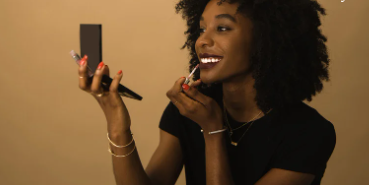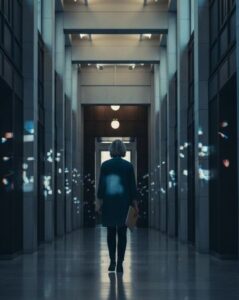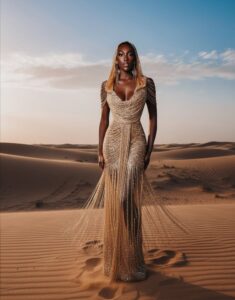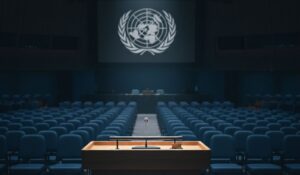By Yunik Treasure
Across refugee communities worldwide, beauty is not a luxury; it is a quiet act of resilience. In the absence of stability, access to commercial products, or privacy
many displaced women find ways to maintain their personal grooming and cultural rituals using natural ingredients, improvised tools, and inherited traditions.
These routines, often built from scraps, carry deep emotional and cultural significance. Whether in refugee camps, displacement shelters, or host communities, beauty becomes a form of self-care, identity preservation, and connection.
Improvised Beauty from Memory and Nature
In Nigeria, where many are displaced due to conflict or insecurity, women rely on black soap, shea butter, and camwood powder for skincare. These natural elements are utilized for cleansing, brightening, and soothing the skin and are often shared in community settings, passed down from older women to younger generations.
Similar practices can be found in other parts of the world:
- In Myanmar, women use Thanaka, a bark based paste, for sun protection and skincare.
- In Lebanon and Syria, rosewater, almond oil, and sugar wax (sukar) remain essential for skincare and grooming.
- In South Asia, mung bean face masks and turmeric pastes are prepared in shelters using basic tools like plastic cups or reused food containers.
- Henna is widely used in North and West Africa, as well as the Middle East, to dye hair, paint hands, and mark special occasions.
Where combs, mirrors, and brushes are unavailable, women improvise; they use toothbrushes for edge control, spoons as eyelash curlers, and bottle caps as mixing bowls.
Cultural Continuity and Community Connection
Beauty routines in displacement are not just about appearance; they are part of survival. They provide a sense of control, foster opportunities for bonding, and help women feel seen and remembered in systems where they are often invisible.
Maintaining these rituals; such as oiling the hair, braiding, exfoliating, or applying natural treatments, serves as a way to pass down heritage, especially when formal structures like schools and homes are lost.
Some women have even turned these skills into livelihoods, offering braiding, henna, or skincare services within the camp environment.
Beauty, Even When Born from Brokenness, Still Shines
In refugee camps, where everything is temporary, beauty rituals are permanent.
These practices are not about vanity; they are about visibility. They are not about products; they are about presence.
Refugee women may use scraps, but they create radiance. They may lack ‘packaging’, but they preserve legacy. And through cracked mirrors and handmade masks, they demonstrate something profound: beauty, even when born from brokenness, still shines.







